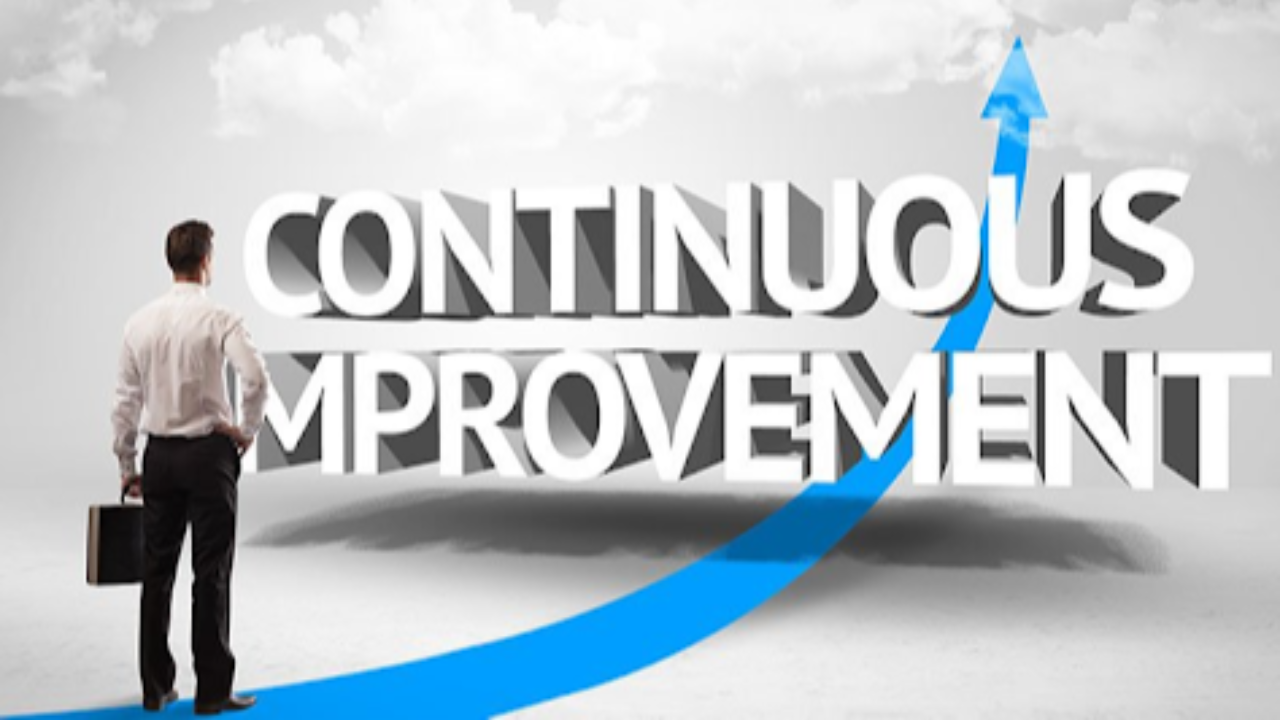
I had a boss once say the trick to continuous improvement is to make it seem easy to the outside world, even though it's a lot of work within an inner circle. Every improvement is strategic and intentional. She was amazing at CI.
Now that the PMO is chugging along, it's time for you, as the PMO leader, to look at continuous improvement. It's not easy, and it is necessary. Here are some considerations as you look to improve your PMO's processes.
Establish a Culture of Continuous Improvement (CI). Just because you have a PMO and it's chugging along doesn't mean it could be better. Before making any improvements, first create a culture of CI. This isn't easy and requires continued reinforcement with the team and stakeholders. Make it easy for people to bring forth ideas, whether directly to you as the PMO leader or in a shared location (I like the shared location more myself so others can see what's been logged). Value ideas and highlight that small tweaks are better than big shifts.
What's on the Roadmap? When the PMO Business Case was created, there should have been a roadmap included. This gave the PMO direction as it matured and added more services to its toolbelt. Is the PMO and the organization ready for that next step? Are the staff and resources in place to support it? Does it even make sense if there was a change in the organization? Talk to your executive sponsor to ensure the next stage on the roadmap is a good one!
How Are Those KPI's Looking? As a PMO leader, you and your executive sponsor agreed to report on and maintain some Key Performance Indicators. Continually monitor those. Are they consistently staying on track? Great! Are they falling short? If so, is it a short-term issue or a sign of a larger problem that mandates a change? Your KPI's are key in maintaining a healthy PMO and a trigger when something isn't working or a change may be necessary.
Gauge Management and Stakeholder Satisfaction. With the exception of sending out a survey, which 2/3 of the recipients probably won't take anyway, gauging satisfaction can be a challenge. Engage management and key stakeholders in business value conversations. Ask open-ended questions about the PMO's ability to deliver value and stay flexible in a continually shifting business environment. If they have feedback or suggestions, take them to heart and consider them in future enhancements. If they don't perceive PMO value, the PMO could be gone.
What's the PMO Staff Saying? Make sure you take feedback and process change ideas from your staff into consideration. They're the ones working on it every day! Ask for their feedback in both 1:1 and team meetings. I like team meeting feedback because ideas start to build upon each other. Ensure you can filter out noise from the viable options being thrown out.
You're in HR Too! One thing I learned on during my first PMO leadership position; I'm in HR! I have staff. As part of CI, you'll need to evaluate your staff, train where necessary, mentor always, hire when ready, and terminate if you absolutely have to. Same can be said about vendors.
Implementing Change. You've gotten feedback. Ideas abound! The roadmap indicates it's time to do XYZ. Now it's time to implement change. How should it be done? Carefully! First, determine which changes will be implemented. Ensure these are the highest priority and greatest impact. Communicate in advance to everyone who could be impacted a change is coming. Implement the change, then allow the change to "Bed Down" over a specified amount of time (my rule of thumb is a minimum of 1 month; could take up to a quarter for some bigger changes). Be strategic about how often you make changes. I like an every quarter approach (if it's necessary, otherwise longer). Some do more, some less.
WARNING: "Change Fatigue" is Real. Change Fatigue can be defined as "resistance or passive resignation to organizational or departmental changes on the part of an employee." In short, employees get burned out and don't give a shit about the changes any more. This is a great way to lose people.
Let me give you an example and a lesson I learned on what not to do. I was a project management consultant working with a PMO leader named Mike (name changed to protect the innocent, or guilty, depending on your definition). Mike was a successful program manager who was put in charge of a special-purpose PMO. Mike took the standard practices prescribed by the EPMO and brought them into this newly formed group. We noticed every time someone said "You know, we should do...." Mike took that as a directive and implemented a change to our processes.
Within a couple weeks, those of us working for Mike didn't know what was part of our standard processes and what wasn't. We had weekly changes being thrown at us. I got yelled at because a template I used was the wrong version, but no one could find the right version. Chaos, frustration, and eventually, people quitting. Mike was also frazzled. Eventually, the EPMO removed Mike and put in someone else. However, the damage was done and the team remaining was unmotivated and most had their resumes in recruiters hands. Change fatigue wore us down, and fast!
As a business unit, you'll want to consistently monitor results, add services, and make adjustments to better deliver value. The PMO should have good Continuous Improvement processes in place as it grows and matures. And remember, don't burn your people out with change fatigue!
